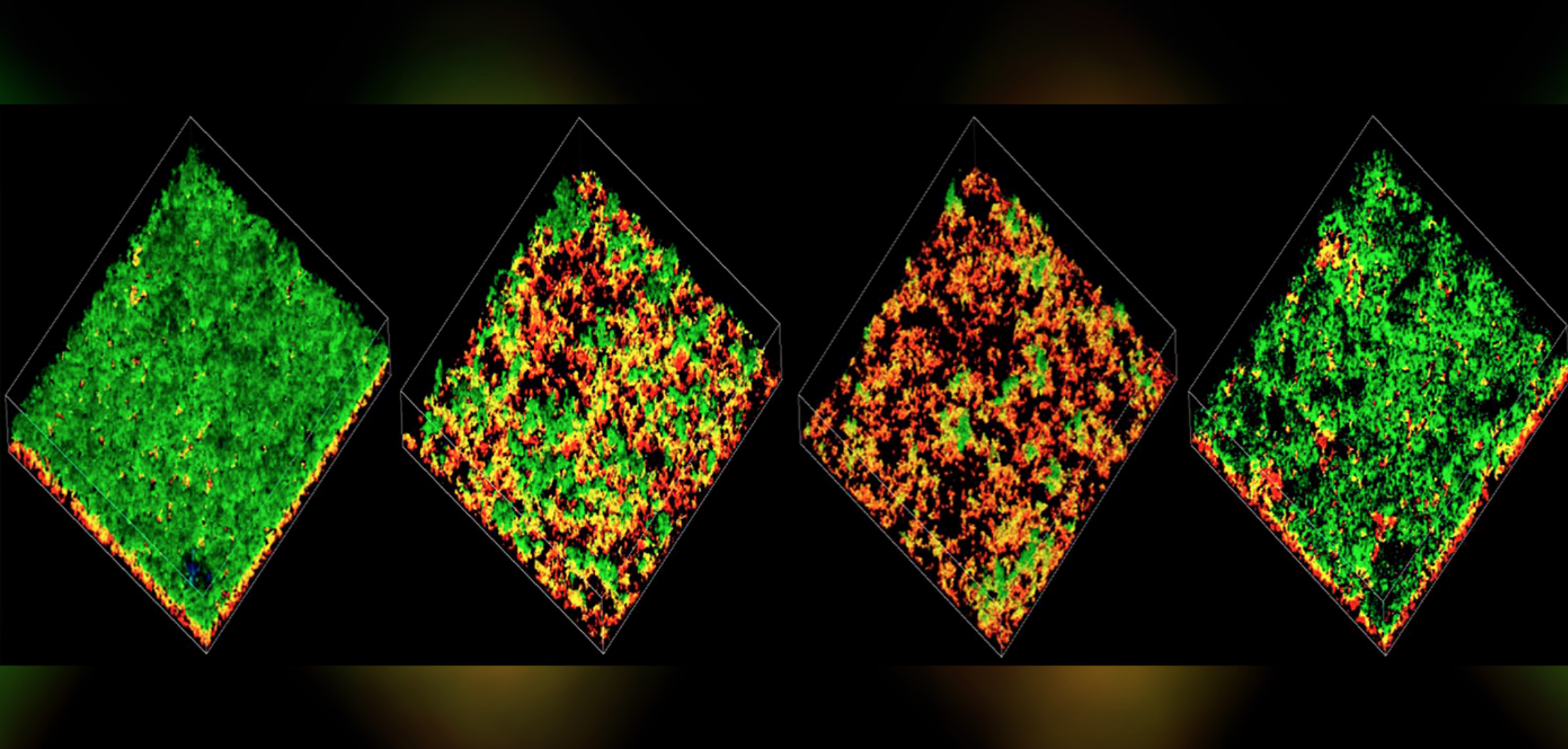Research

How do microbes make you sick? My lab addresses this question by examining microbial molecular mechanisms associated with disease. We study Streptococcus pneumoniae, a major human pathogen that causes over a million annual deaths in young children and the elderly, worldwide. In its commensal form, it asymptomatically colonizes the human nasopharynx; in its pathogenic form, it disseminates to other tissues and causes mild or severe disease. Understanding how microbes switch from commensal coexistence to pathogenesis is fundamental to microbial ecology and disease etiology. The molecular basis of this switch is at the core of our research program. To address this overarching question my lab focuses on three interconnected areas: cell-cell communication, adaptation to the host environments, and intra-species genomic diversity and plasticity.
Discover more about our research in the following categories:
Cell-Cell Communication
Adaptation to the Host Environments
Intra-species Genomic Diversity and Plasticity

